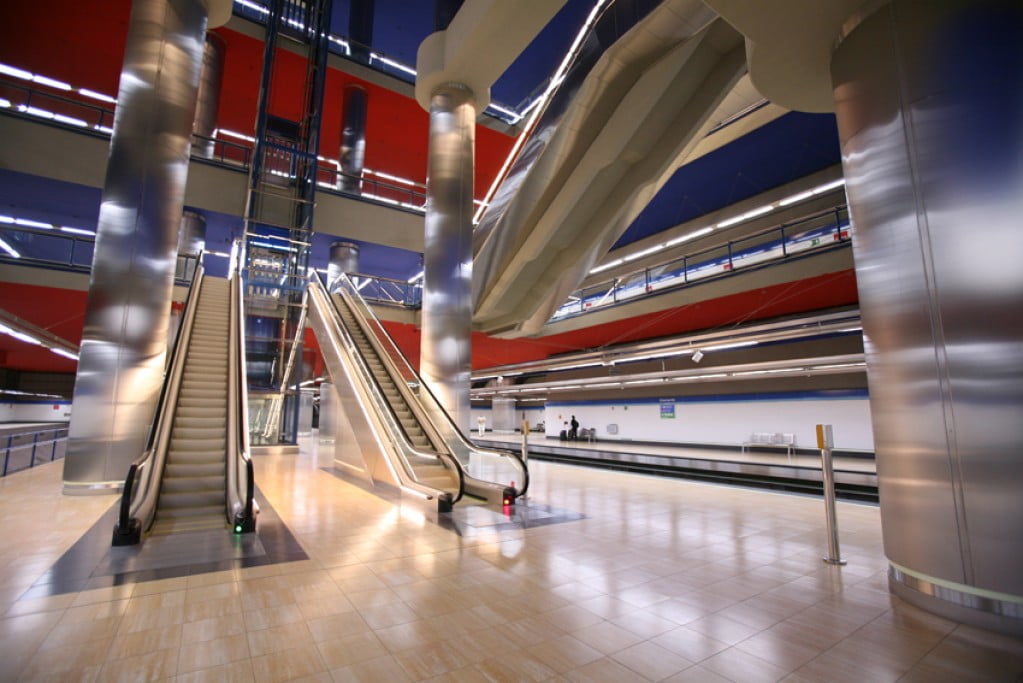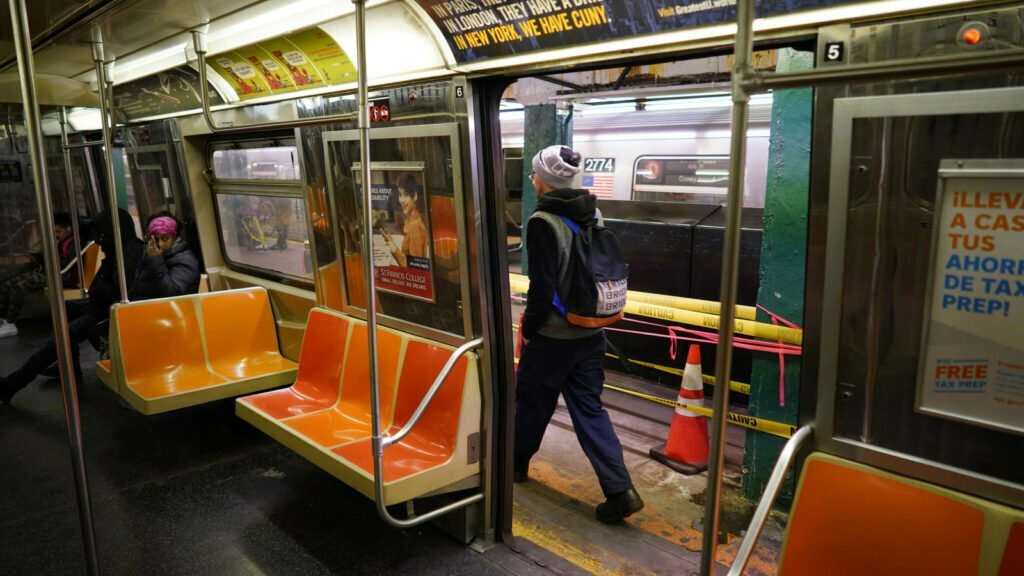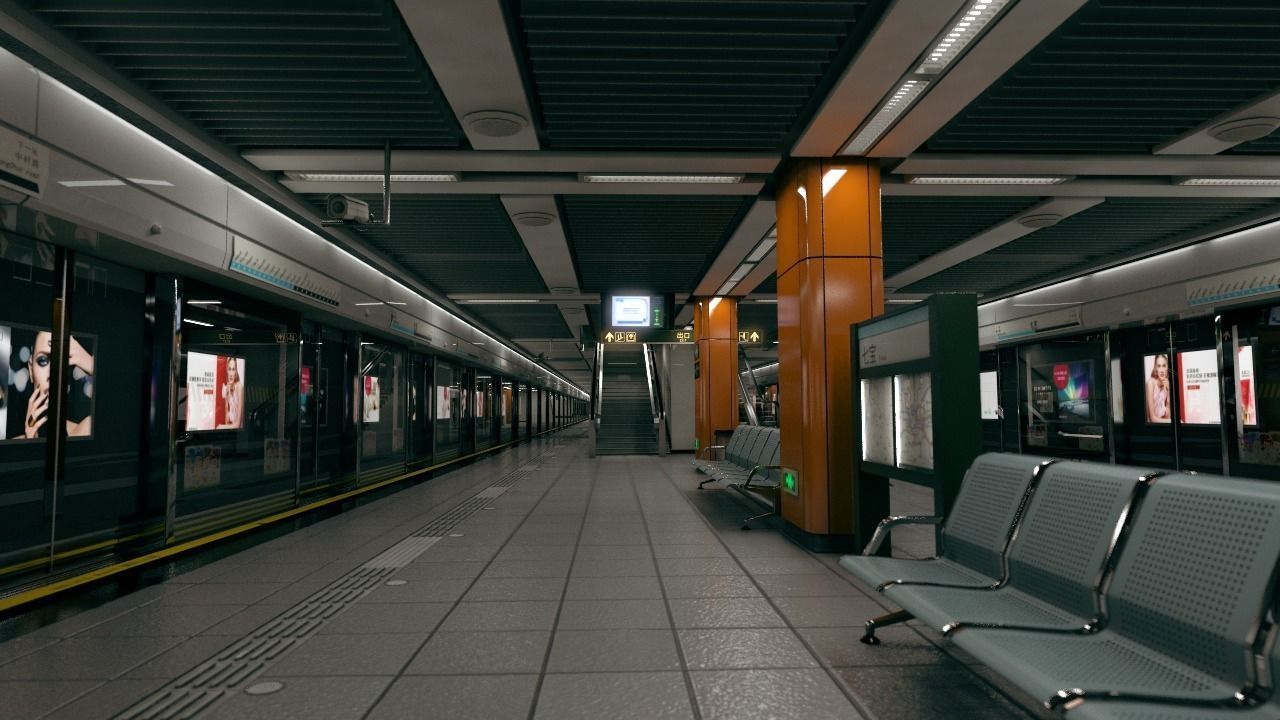Today, we’re going to try to find the largest Subway System in the world. As some of the world’s megacities continue to grow, there are many expanding subway, metro and underground systems catering to increasing numbers of passengers each year. That’s particularly the case in China which has expanded its five largest metro networks since the start of 2020 and dominates this countdown.
Moscow Metro, Russia.

It connects Moscow with the small neighbouring cities of Krasnogorsk, Reutov, Lyubertsy and Kotelniki. Europe’s busiest metro system is even considered something of a tourist attraction in itself with some of its older stations providing fascinating glimpses into the Soviet era. The network runs deep below the ground, reaching a depth of 84 metres underground at Park Pobedy, the Moscow metro’s deepest station.
Madrid Metro – Spain.

The Madrid metro system, which celebrated its 100th anniversary on October 17. The total length is 293km. It is the least used metro system on our list, with more than 600 million annual ridership in 2018. Interestingly, the Madrid metro system has as many escalators as it has ever been anywhere else in the world. It has a total of 1705 escalators and 529 elevators.
New York.

The world’s biggest metro system by number of stations ranks seventh on this list. The Big Apple’s famous grey trains serve 472 stations throughout the city across 36 lines, making it a true behemoth of the metro world. In 2019 New York’s Metropolitan Transportation Authority (MTA) reported ridership figures of 1. 69 billion, with Times Square unsurprisingly ranking as the busiest station on the network that year (an enormous 65 million people passed through its gates). Though the MTA itself faces significant service cuts as a result of reduced ridership during the COVID-19 pandemic, a return to these figures could go a long way to solving its financial woes.
Tokyo.

One of the most densely populated cities on the planet is also home to one of the busiest metro systems. One of two metro systems in the Japanese capital (the Toei Subway is also far from quiet during peak hours), the Tokyo Metro carried a huge 2. 7 billion people in 2019. In fact, trains can be become so crowded that the Tokyo Metro employs aptly named Oshiya or “Passenger Pushers” to cram every last commuter into the carriages and ensure that nobody is caught in the doors – not something you’re used to seeing on every metro system.
Shanghai.

The third oldest metro system in China (after the Beijing Subway and the Tianjin Metro) is also the busiest. The Shanghai metro carried an estimated 2. 8 billion riders over its 462 miles of track in 2020 according to the Chinese Ministry of Transport, which narrowly puts it in second place on this list. Though it might only be a runner up in terms of passenger numbers, its 462 miles of track make it the world’s longest. The latest addition to the system came just weeks ago too, as 14 new stations opened across the network at the end of 2020.
Seoul.

South Korea’s capital is a bustling metropolis with a population density of 16,000 people per square kilometre – and it has a metro system to match. The Seoul Metropolitan Subway (to give it its proper name) had a ridership of 2. 9 billion in 2019 – the equivalent of more than a third of the world’s population taking a trip.
Alongside its 333 stations, Seoul’s metro also boasts some of the most comfortable trains in operation anywhere in the world, complete with LCD screens displaying the news and stock prices, air conditioning for the summer and even heated seats for the winter. Expansions to the network are planned every year up until 2025, meaning this sprawling system could get even busier in a few years’ time.
Interested in Reading My Article On Most Famous Handguns in the World
